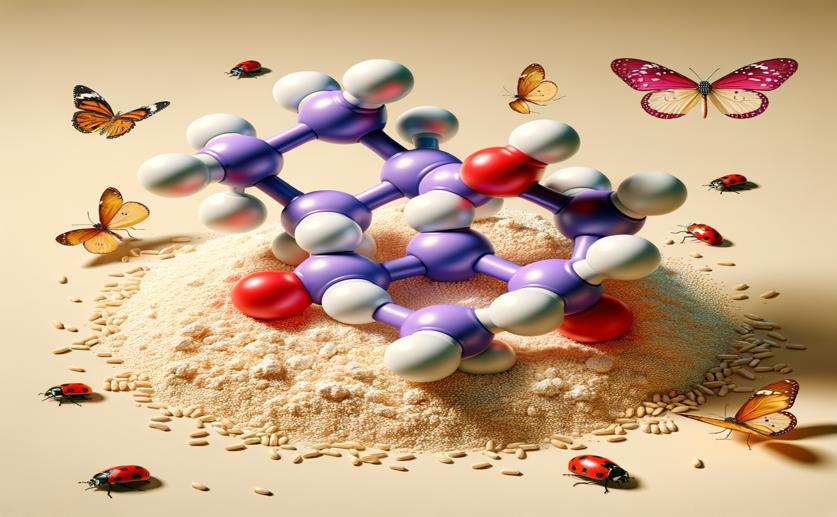
Benzaldehyde in Yeast Protein Powder Attracts Insects Through Smell
Jenn Hoskins
14th May, 2024

Image Source: Natural Science News, 2024
Key Findings
- The study by Northeast Forestry University identified benzaldehyde in beer yeast protein powder as a key attractant for the Oriental fruit fly, Bactrocera dorsalis
- Benzaldehyde was found to be most effective in attracting starved adult flies, highlighting the importance of the flies' physiological state
- These findings can help develop more effective and environmentally friendly protein baits for controlling B. dorsalis populations
References
Main Study
1) Benzaldehyde acts as a behaviorally active component in brewer's yeast protein powder which attracts B. dorsalis through olfaction.
Published 13th May, 2024
https://doi.org/10.1007/s10886-024-01500-2
Related Studies
2) Temporal modulation and adaptive control of the behavioural response to odours in Rhodnius prolixus.
3) Effectiveness of protein baits on melon fly and oriental fruit fly (Diptera: Tephritidae): attraction and feeding.
Journal: Journal of economic entomology, Issue: Vol 99, Issue 4, Aug 2006
4) Plasticity in Insect Olfaction: To Smell or Not to Smell?



 11th April, 2024 | Jim Crocker
11th April, 2024 | Jim Crocker